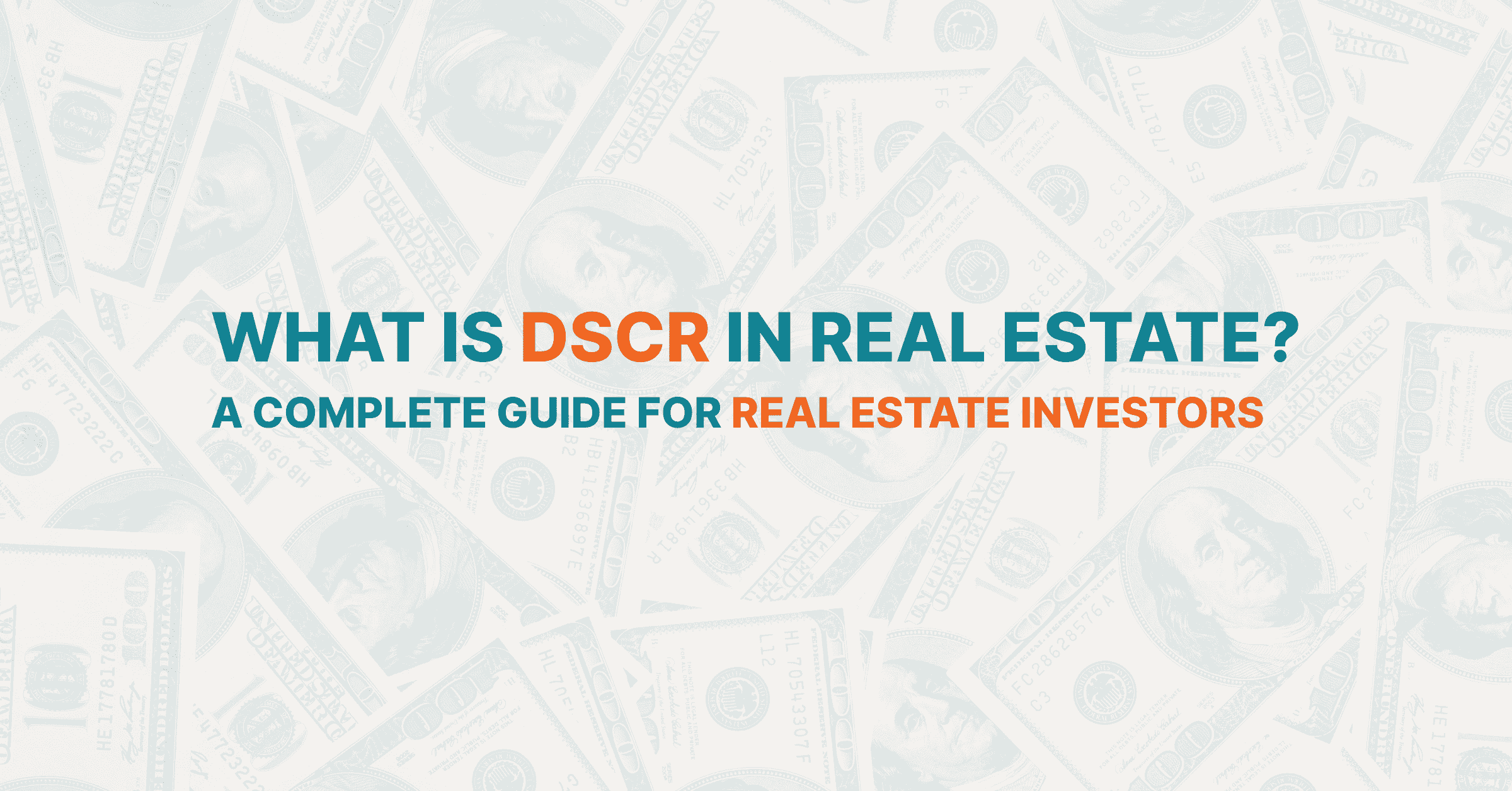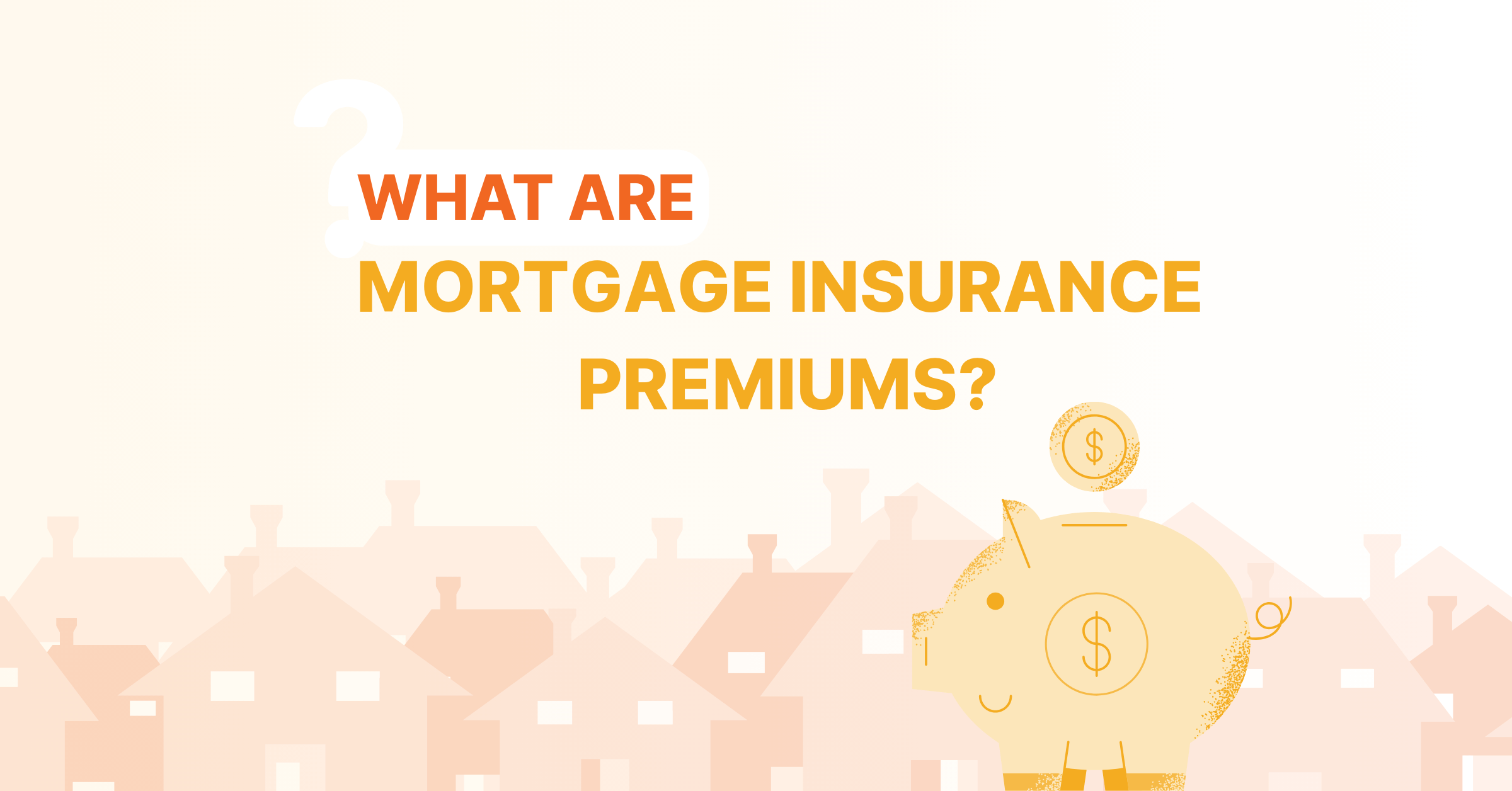Disclaimer: PropStream does not offer investing advice or make profit promises. This article is for educational purposes only. We recommend consulting licensed financial and/or real estate professionals before investing in real estate.
|
Key Takeaways:
|
Cap rate and cash-on-cash return are two common but different real estate return metrics. Knowing how they differ and when to use each can help you make better investment decisions.
In this article, we’ll explore what each term means (as well as the formula for calculating them), their key differences, when to use each metric, and more.
Table of Contents |
What Is Cap Rate?
Cap rate is a ratio that measures a property’s annual return relative to its value. It’s calculated by dividing the property’s net operating income (NOI) by its market value. Here’s the formula:
Cap Rate = Net Operating Income (NOI) / Property Value |
|
Where:
|
For example, let’s say you buy a $300,000 property that generates $15,000 in annual NOI. This property would have a cap rate of 5%. Here’s the math:
$15,000 NOI / $300,000 Property Value = 0.05
Keep in mind that the cap rate measures your annual return at a property level, i.e., without taking into account any financing. This makes it a great metric for comparing different properties. The higher the cap rate, the more potential return and risk. The lower the cap rate, the less potential return and risk.
You can also use an average market cap rate to estimate a property’s value.
For example, assume the average cap rate for a specific property type in your market is 6%. By combining this information with an estimated NOI—say $30,000—and rearranging the cap rate formula, you can solve for property value:
$20,000 NOI / 0.06 Cap Rate = $500,000 Property Value
What Is Cash-on-Cash Return?
Cash-on-cash return is a ratio that measures your annual return on your actual cash invested. It’s calculated by dividing a property’s annual pre-tax cash flow by total cash invested:
Cash-on-Cash Return = Annual Pre-Tax Cash Flow / Total Cash Invested |
|
Where:
|
For example, let’s say you buy a $500,000 property with a $400,000 mortgage and a $100,000 down payment that leaves you with $24,000 in annual debt service costs.
If the property has an annual NOI of $40,000, your annual pre-tax cash flow is $16,000:
$40,000 Annual NOI - $24,000 Annual Debt Service Costs = $16,000
Next, assume you pay $15,000 in closing costs (3%) on top of your $100,000 down payment. This leaves you with a total initial outlay of $115,000.
To calculate your cash-on-cash return, you must divide the $16,000 in annual pre-tax cash flow by your $115,000 total cash invested:
$16,000 Annual Pre-Tax Cash Flow / $115,000 Total Cash Invested = 0.1391
Your cash-on-cash return on this deal would be about 13.91%.
Unlike the cap rate, your cash-on-cash return factors in the impact of financing.
For example, imagine you lock in a lower interest rate, thereby lowering your annual debt service costs and raising your annual pre-tax cash flow to $20,000.
This would boost your cash-on-cash return from about 13.91% to 17.39% (all else equal):
$20,000 Annual Pre-Tax Cash Flow / $115,000 Total Cash Invested = 0.1739
Conversely, a lower annual pre-tax cash flow or higher total cash invested can hurt your cash-on-cash returns.
By understanding cash-on-cash returns, you can better assess how an investment will perform at an investor level, i.e., based on how much cash you invest.
Key Differences Between Cap Rate and Cash-on-Cash Return
Essentially, cap rate is a property’s annual return based on its value. Think of it as the return you’d get if you were to buy it with all cash. Meanwhile, cash-on-cash return is your personal annual return on the cash you actually invest, which depends on how you finance the deal.
Here’s a breakdown of the key differences between cap rate and cash-on-cash return:
|
Cap Rate |
Cash-on-Cash Return |
|
|
Formula |
Net Operating Income (NOI) / Property Value |
Annual Pre-Tax Cash Flow / Total Cash Invested |
|
Focus |
Property’s performance relative to its market value |
Investor’s return based on actual cash invested |
|
Considers Financing? |
No |
Yes |
|
Best For |
Comparing properties on an apples-to-apples basis |
Evaluating how well your cash investment performs |
When to Use Each Metric
Now that you know how cap rate and cash-on-cash return differ, here’s when to use each:
When to Use Cap Rate
- Comparing properties. Cap rate allows for apples-to-apples comparisons across multiple properties in the same market since it ignores financing.
- Assessing property value. With an average market cap rate and estimated NOI, you can solve for property value to see if a property is fairly priced.
- Evaluating risk: Since a higher cap rate comes with higher risk, you can use it to compare properties’ risk profiles. Aim for lower rates if you’re more risk-averse.
- Measuring returns on all-cash deals. If you buy a property outright, your personal annual return will match the cap rate.
When to Use Cash-on-Cash Return
- Analyzing the impact of financing. Because it factors in loan costs, the cash-on-cash return metric is ideal for analyzing leveraged investments.
- Comparing across investment types. See how your cash-on-cash returns in real estate stack up against investments in other asset classes like stock or bonds.
- Comparing financing scenarios. Cash-on-cash return is great for weighing the impact of different interest rates, down payments, and loan terms on your final returns.
- Checking short-term performance. Track your cash-on-cash returns over time to ensure your property continues to meet your target returns.
How PropStream Can Help Investors Analyze Both Metrics

Knowing how to calculate cap rate and cash-on-cash return is one thing, but getting accurate data for the key inputs is what really makes these metrics meaningful.
With PropStream, you can quickly estimate a property’s market value by analyzing recent sales of similar properties nearby. In fact, PropStream automatically estimates the market value of all 160+ million properties in its database. The same goes for rental income.
Try PropStream for 7 Days Free!
Need help estimating renovation costs on a fix-and-flip or BRRRR project? PropStream’s Rehab Calculator can help there, too.
The Bottom Line
Cap rate and cash-on-cash return each provide valuable information. Together, they can give you a fuller picture of a property’s return potential. But don’t calculate these metrics with poor data. Run the numbers with PropStream to get more accurate estimates.
Try PropStream for 7 Days Free—Enjoy 50 Free Leads
Sign up for a free 7-day trial today!
Frequently-Asked Questions (FAQs)
What is cap rate?
Cap rate is a ratio (expressed as a percentage) that measures a property’s annual return relative to its market value, ignoring any financing costs.
What is the cap rate formula?
Cap rate is calculated by dividing a property’s net operating income (NOI) by its market value or purchase price.
What is a good cap rate?
A “good” cap rate varies by market, property type, and investor. However, the higher the cap rate, the more risk and potential return.
What is cash-on-cash return?
Cash-on-cash return measures your annual return on cash invested in a property.
What is the cash-on-cash return formula?
Cash-on-cash return is calculated by dividing a property’s annual pre-tax cash flow by total cash invested.
What is the difference between cap rate and cash-on-cash return?
Cap rate reflects the property’s return at the property level, while cash-on-cash return reflects your personal return based on how much cash you invested.
Subscribe To PropStream's Newsletter


